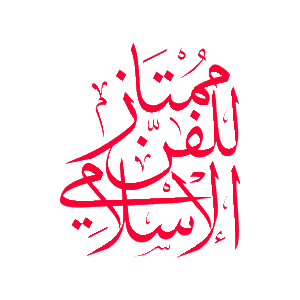
SILVER AND COPPER-INLAID BRONZE HAMMERHEAD IN THE SHAPE OF AN ELEPHANT
A fine bronze hammerhead inlaid with silver and copper, in the shape of an elephant’s head, the trunk, forehead and ears decorated with scrolls and palmettes, the base with an inscription.
عمل احمد بن محمود
‘Work of Ahmad bin Mahmud’
Khurasan, Eastern Persia or Central Asia
13th Century
Length: 13.5 cm
In Islamic history, the ‛ām al-fīI, or ‘Year of the Elephant’, refers to the approximate dates of 570–571 Ce and, according to Islamic scholars, is the birth of the Prophet Muhammad. The name is derived from a historical event and is recounted in chapter 105 in the Holy Qur’ān, Al-Fil (the Elephant), which tells the story of the Abyssinian Christian ruler, Abraha, who aimed to destroy the House of God, Mecca, with a grand army bolstered by war elephants.
The lead elephant, Mahmud, reputedly stopped at the edge of Mecca and refused
to enter, thus it came to be known as the ‘Year of the Elephant’. The elephant symbolises the protection of Islam and in this case a symbolic token for a weapon possibly used in religious wars frequent at this time.
This refined hammerhead must have been used by a high-ranking warrior as it is finely inlaid with both silver and copper. The elephant shape is not usual for hammerheads, several copper heads in this form and dated to the 11th and 12th Century have survived, notably four in the Furusiyya Art Foundation1, one in the Keir Collection2; but none has such refined decoration or bears any inlay.
The scrolls and half-palmettes which run on the trunk and on the sides are closely comparable to the ones decorating the top of a pen box now in the Freer Gallery, dated to the beginning of the 13th Century and made either in Iran or Afghanistan3.
A nearly identical hammerhead, attributed to 12th Century Central Asia or Sindh, also bearing a signature, is now in the Aron Collection in Italy4.
1. Furusiyya Art Foundation, inv.nos.R-984,263,80 and RB-135
2. Keir Collection, published in Fehérvári 1976, plate 35, no.105
3. Freer Gallery, Washington, inv.no.36.7; published in Atil, Chase & Jett 1985, p.102, no.14
4. The Aron Collection, inv.no.432, published in Curatola 2021, p.278, no.141
